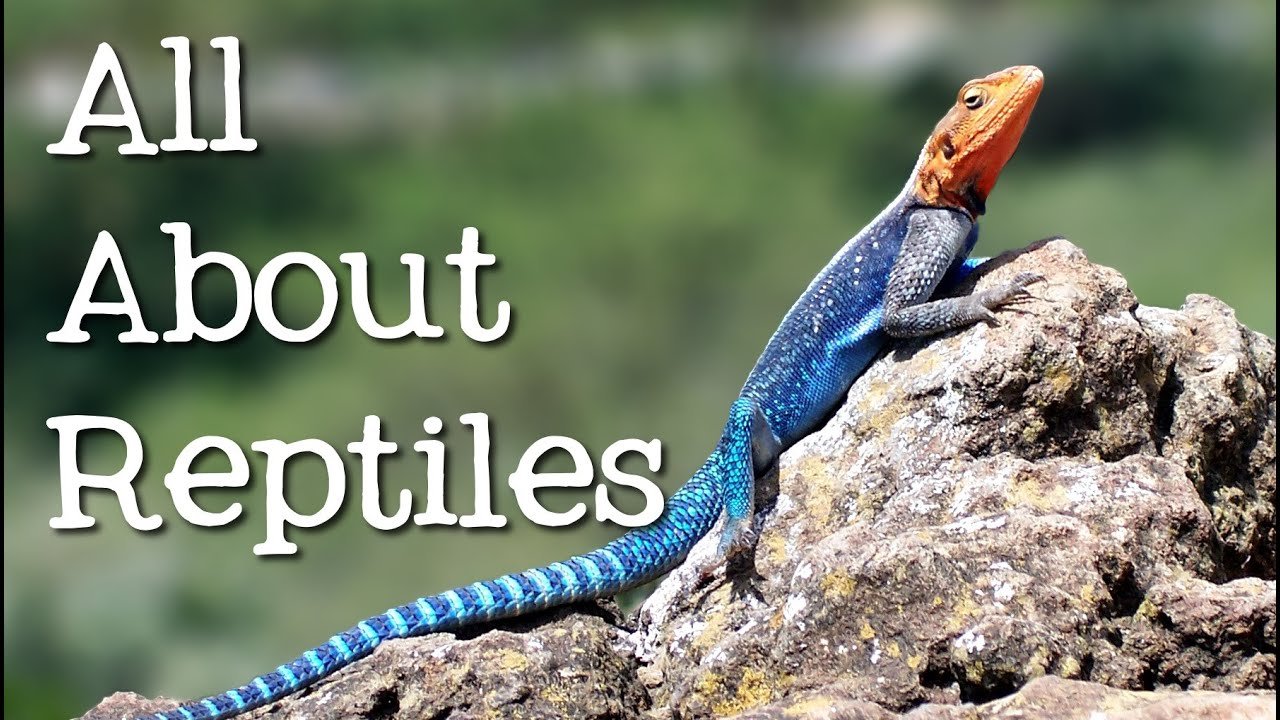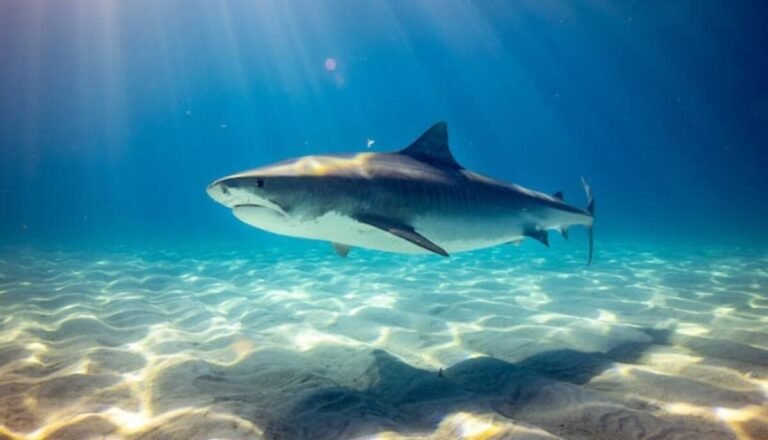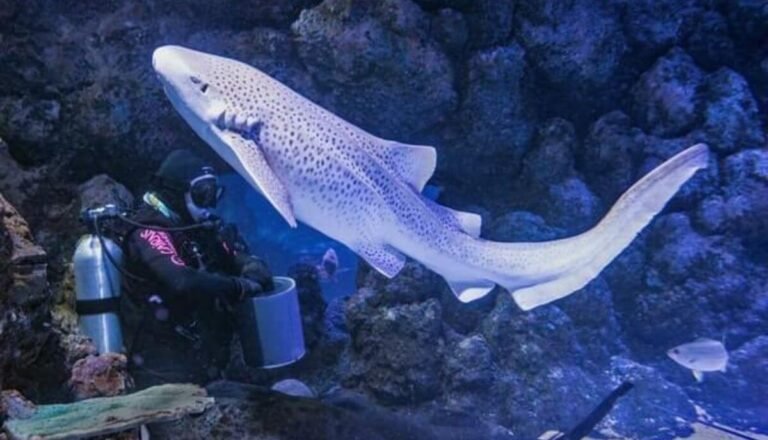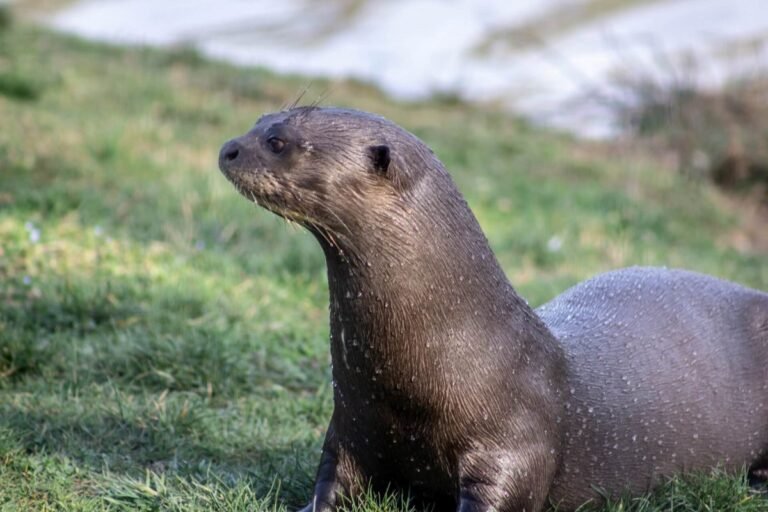All About Reptiles
There are more than seven thousand species of reptiles, and they live on every continent except Antarctica. Reptiles are ectothermic animals, meaning that their internal temperature depends on the temperature of their surroundings. This is why you often see reptiles basking in the sun: They’re trying to warm up!
Most reptiles are covered in scales, which protect them from predators and parasites. Some reptiles, such as snakes and lizards, can shed their skin when it becomes damaged or too tight.
There are so many different types of reptiles out there, and they all have their own unique features and adaptations. Here, we’re going to take a look at some of the most common reptiles and learn a little bit about what makes them tick!
One of the most popular reptiles is the turtle.
turtles are known for their hard shells that protect them from predators and the elements. They can be found in both fresh and salt water environments, and some species can even live on land!
Another popular reptile is the snake.
Snakes are long and slender, and they use their bodies to coil around their prey before striking. They can be found in a variety of habitats, from deserts to rainforests. Some snakes are venomous, while others simply constrict their prey to death.
Lizards are another type of reptile that is very popular. Lizards come in all sorts of shapes and sizes, but they all have one thing in common: they have four legs! Lizards can be found in warm climates all over the world, and many people keep them as pets.
Last but not least, we have crocodiles and alligators. These massive reptiles can grow up to 20 feet long or more! They live near rivers and lakes, where they wait for unsuspecting prey to come along before snapping it up with their powerful jaws.
20 Example of Reptiles
There are many types of reptiles, including alligators, crocodiles, snakes, turtles and lizards. All reptiles are cold-blooded, meaning that their internal temperature is determined by the temperature of their surroundings. Reptiles are found on every continent except Antarctica.
The largest reptile is the saltwater crocodile, which can grow to be more than 20 feet long and weigh more than a ton. The smallest reptile is the Barbados threadsnake, which averages only about 4 inches in length.
Reptiles are generally carnivorous animals that eat insects, fish, amphibians and small mammals.
Some larger species of reptiles (such as crocodiles) will also eat birds and larger mammals. A few species of reptiles are herbivorous or omnivorous (eating both plants and animals).
Most reptiles lay eggs, but some give birth to live young.
The leatherback sea turtle is one example of a reptile that gives birth to live young. Most reptiles have dry scales that protect their bodies from predators and the environment.
Reptiles Vs Amphibians
In the animal world, there are many different classifications of creatures. Some animals are more closely related than others and share more similarities. Reptiles and amphibians are two such groups of animals that are often confused with one another.
Though they both have skin that is covered in scales or bumps, live on land, and typically lay eggs, these two groups of animals have several key differences.
Reptiles are classified by their dry scales that protect them from the sun and predators, as well as their ability to breathe air using lungs. Most reptiles are cold-blooded, meaning their internal temperature varies based on their surrounding environment.
This is why you often see reptiles basking in the sun – they’re trying to warm up! Because they rely on external sources of heat, reptiles tend to be found in warmer climates near the equator. Some examples of reptiles include snakes, lizards, alligators, and turtles.
Amphibians also have moist skin that is usually covered in slime which helps them stay hydrated and protects them from predators and parasites. Unlike reptiles however, amphibians cannot survive long periods out of water because their skin dries out quickly. Amphibians typically have four legs (though some species have no legs at all), but all adults can breathe air using lungs.
Young amphibians must live in water where they develop gills for respiration before metamorphosing into adults capable of living on land.
Reptiles for Kids
There are many different types of reptiles, and they can make great pets for kids! If you’re thinking about getting a reptile for your child, there are a few things you should know first.
Reptiles come in all shapes and sizes, from small lizards to large snakes.
Some reptiles are more active than others, and some prefer to spend most of their time hiding. Be sure to do your research before choosing a reptile so that you can find one that will be a good fit for your child’s personality and activity level.
Reptiles also have specific housing requirements.
Most need an enclosure that is warm and humid, with plenty of places to hide. Be prepared to provide the necessary equipment for your reptile’s care before bringing them home.
Finally, it’s important to remember that reptiles can carry diseases that can be harmful to humans.
Be sure to wash your hands after handling your reptile, and don’t allow your child to put their hands or other objects in their mouth after touching the reptile or its enclosure. With proper care, however, owning a reptile can be a fun and rewarding experience for both you and your child!
Are Frogs Reptiles
Most people think of reptiles as being scaly, but frogs actually have moist smooth skin. This is one of the things that separates them from their reptilian cousins. Another big difference is that most reptiles are cold-blooded, meaning they rely on the sun to warm their bodies, while frogs are warm-blooded and can maintain their own body temperature.
So while frogs may resemble reptiles in some ways, they are definitely not the same!

Credit: en.wikipedia.org
What are 3 Facts About Reptiles?
Reptiles are a class of animals that include snakes, lizards, turtles, and crocodilians. They are characterized by having dry scaly skin, and most reptiles lay eggs. Here are three quick facts about these amazing creatures:
1. Reptiles have been around for a long time! The oldest known reptile fossil is from the Late Carboniferous period, which was approximately 300 million years ago.
2. There are more than 10,000 species of reptiles alive today.
That’s a lot of variety in size, shape, and color!
3. Reptiles are found on every continent except Antarctica. So whether you’re in the Amazon rainforest or the Sahara Desert, you’re likely to find some reptiles!
What are the 4 Main Types of Reptiles?
There are four main types of reptiles: lizards, snakes, turtles and crocodilians.
Lizards include geckos, iguanas and chameleons. They are mostly found in warm climates and have dry, scaly skin.
Some lizards can detach their tails to escape predators.
Snakes are long and slender with no limbs. They can be venomous or nonvenomous.
Venomous snakes have hollow fangs that they use to inject poison into their prey. Nonvenomous snakes kill their prey by constricting them with their bodies until they suffocate. Snakes are found in a variety of habitats all over the world.
Turtles are reptiles with a hard shell that protects them from predators. Most turtles live in water, but some species live on land. Turtles lay eggs on land and spend most of their time in the water where they eat plants and animals.
Crocodilians include alligators, caimans and crocodiles. They are large reptiles that live in water or humid environments such as swamps . Crocodilians have thick skin covered with scales .
They eat fish , amphibians , mammals , birds and reptiles .
Do All Reptiles Have 4 Legs?
No, not all reptiles have four legs. Some species of snakes and lizards have reduced the number of their limbs through evolution. For example, some snakes have lost their hind limbs completely, while others have only vestigial remnants of these limbs.
Similarly, some lizards have lost their front limbs, while others retain only tiny forelimbs.
What Do Reptiles Do?
Reptiles are a type of animal that have scaly skin and lay eggs. Some examples of reptiles include snakes, lizards, turtles, and alligators. Reptiles are cold-blooded, which means that their body temperature changes with the temperature around them.
They are found in all different parts of the world and can live in many different habitats.
Reptiles generally move very slowly, but some can be quite fast (especially when they are attacking their prey). Most reptiles are carnivores, which means that they eat other animals.
Some common reptile prey includes insects, rodents, and fish. Some larger reptiles may even eat birds or mammals.
Most reptiles reproduce by laying eggs, but a few species give birth to live young.
Reptiles typically do not take care of their young after they hatch or are born.
There is a lot of variation among different types of reptiles, but this gives you a general idea of what these animals are like!
Conclusion
Reptiles are a fascinating group of animals that include some of the most unique creatures on Earth. Reptiles are found in all corners of the globe and come in a wide variety of shapes and sizes. Some reptiles, such as snakes, can be dangerous to humans, while others are kept as pets.
Reptiles are ectothermic animals, meaning that they rely on external sources of heat to regulate their body temperature. This is why you often see reptiles basking in the sun or hiding in cool places. Reptiles also have dry skin that is covered in scales.
These scales help protect reptiles from predators and parasites and can also help them to stay hydrated.
Most reptiles lay eggs, although some give birth to live young. The eggs are often protected by a hard shell that keeps them from drying out or being eaten by predators.
Once the eggs hatch, the baby reptiles must fend for themselves; parents do not take care of their young.
There are four main groups of reptiles: turtles, lizards, snakes, and crocodilians. Turtles are perhaps the most popular group of reptiles; they include both land-dwelling and sea-dwelling species.
Lizards are another popular group of reptiles; they come in many different shapes and sizes and can be found all over the world. Snakes are often feared by humans but they play an important role in many ecosystems; they help to keep populations of rodents and other small mammals under control.






![Can Bats Take off From the Ground? [Shocking Truth]](https://proanimalguide.com/wp-content/uploads/2022/11/5552970722f94781992b6d7fb8e3a771-768x512.jpg)